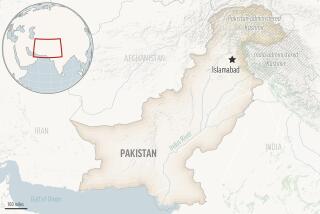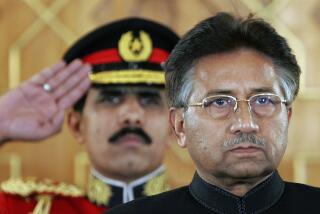Pakistan gets a grip on a region known as a nexus of terror — but residents pay a price for peace
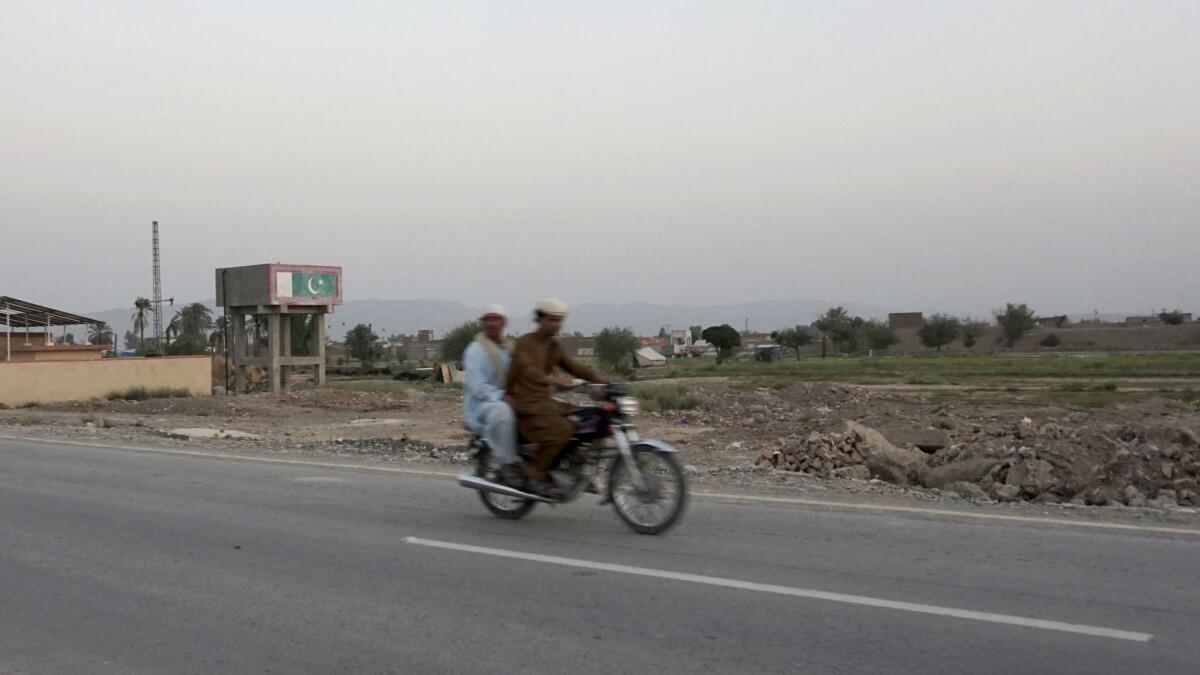
- Share via
Reporting from Hassu Khel, Pakistan — For three years, he had lived outside his home province of North Waziristan, one of the most dangerous places in the world. One night in January, 22-year-old Zafarullah came home.
Mounds of bricks were strewn where his family’s house had been. In the morning, when there was enough light to see, he carefully stepped over the rubble to avoid any improvised explosive devices, or IEDs, that might have been placed there by militants during their fight with the Pakistani military. Nothing of value was left from his home, not even the wires that were once in the walls.
“The entire map of the place had changed; there were no landmarks left to even recognize where you were,” said Zafarullah, who had been studying business administration in a nearby region of Pakistan. (He goes by one name.) “I walked around and met old friends — we had not seen each other for years — and hugged them.”
During the Vietnam War, an unidentified U.S. Army major was famously quoted as saying, “It became necessary to destroy the town to save it.” That, in essence, is what happened to Zafarullah’s home village of Hassu Khel and many other places in North Waziristan, where the Pakistani military has waged a scorched-earth campaign to root out Islamist militants.
By most accounts, the campaign was effective — but the price was high.
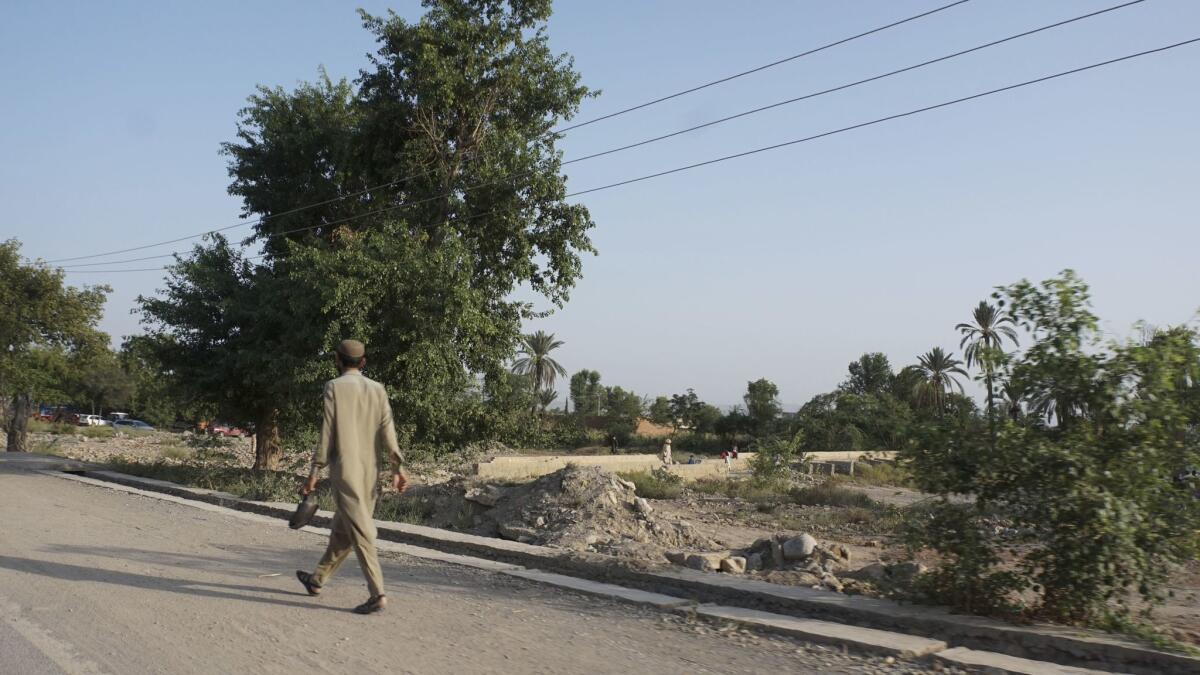
North Waziristan lies within Pakistan’s tribal region, a rugged, remote, largely ungoverned strip of land abutting Afghanistan. Signs of Islamabad’s influence are few and far between; there are no police, and basic infrastructure such as schools and hospitals is largely nonexistent.
Homes in the tribal areas are small fortresses, with high mud brick walls pockmarked by holes that allow tribesmen to shoot at enemies below, a functional design based on the lack of any state protection.
For more than a decade, the area was at the heart of the U.S.-led war on terrorism, with the Taliban, Al Qaeda and dozens of other jihadist groups controlling it. After the United States had driven the Taliban from power in Afghanistan, in response to the Sept. 11 attacks, thousands of Taliban fighters had taken refuge in the tribal areas of Pakistan, along with the leadership of Al Qaeda, the Islamic Movement of Uzbekistan and a host of other global jihadist movements.
American journalists, aid workers and soldiers who were captured in Afghanistan were often kept here as hostages. At least a dozen global terrorist plots — including the July 7, 2005, bombings in London that killed 52, and an attempted car bombing in Times Square in 2010 — were planned here. Hundreds of U.S. drone strikes hit North Waziristan, killing thousands.
Now, North Waziristan is central to Pakistan’s effort to show the world it has turned a page — that it is taking action against jihadist groups that it long supported and Washington and Kabul say are the backbone of the insurgency in Afghanistan.
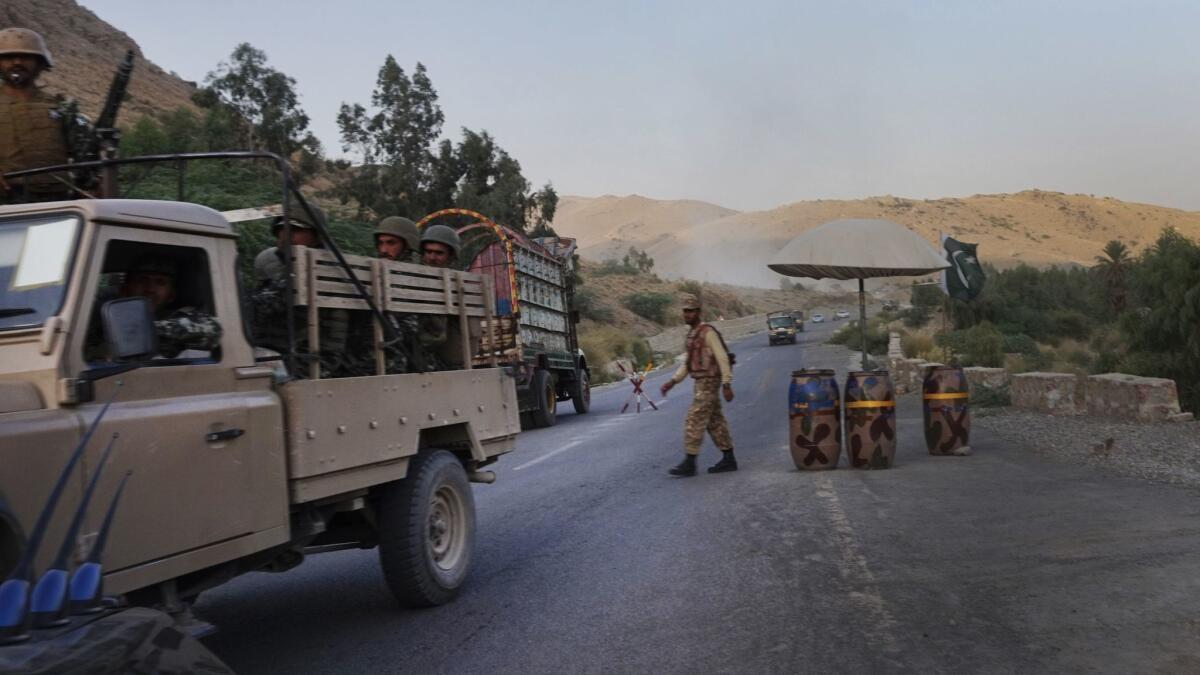
Military delegations from Russia and China, along with top U.S. generals and a Senate delegation, have been given tours of the area. The Pakistani military has undertaken large-scale infrastructure projects, hoping to win the hearts and minds of locals, and is establishing sweeping security measures that officials say will ensure the area is no longer a hub for the Taliban and Al Qaeda.
To keep the peace, the military and locals say Pakistan needs to extend the writ of government here.
“There are no ‘no-go areas’ left here, there are no safe havens” for jihadists, said a commanding officer at the military headquarters in the town of Miramshah, who asked not be named because he was not authorized to speak to the news media. “The U.S. and the Afghans need to quit this blame game.”
In 2014, Pakistan launched a massive ground war in North Waziristan to oust thousands of militants whose presence had turned daily life into a nightmare and whose attacks killed more than 30,000 civilians across the country. More than 1 million people were forced out, and much of the infrastructure in North Waziristan was destroyed in the fighting.
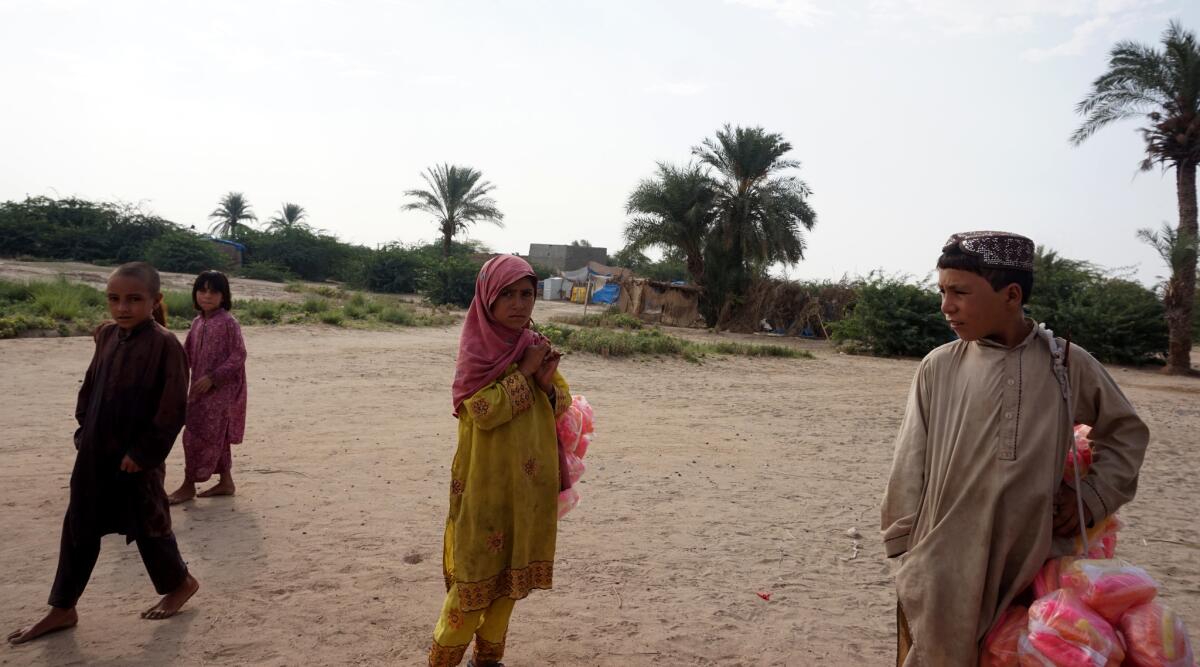
Before the operation, locals had watched helplessly for more than a decade as the militants moved in and skirmished with Pakistani security forces.
The jihadis made offers that were hard to refuse.
“The foreigners came asking for a place to stay, so some tribesmen made separate areas for them in their homes,” said a local cleric who asked his name not be used because he maintains ties with the Taliban. The fighters paid lucrative rents, up to $700 a month, more than what many earn in a year in the impoverished area. Some even married into local families.
Still, they stood apart.
“They lived in their own world,” Zafarullah said. “We would see them, Arabs, Uzbeks, all kinds of foreigners, walking around on the streets armed, but we barely spoke to them. We were afraid to look them in the eye.”
The militants ran their own checkpoints, stopping cars and checking cellphones for any material they deemed un-Islamic, or killing locals they claimed were working with the government.
“If they found you with music or movies, there was no hesitation; you would be shot dead right there,” said one resident who made a living transporting produce between the densely populated towns of Mir Ali, a short distance to the north, and Miramshah, to the west. He declined to give his name because, like many locals, he still fears retribution from the jihadists.
“All you would hear in those days were Islamic hymns, all the time,” he said. “After dark, we would stay inside. There were people on the streets, but not the kind you want to run across at night.”
U.S. drones, which circled overhead all day and night for many years, struck more than 300 times in North Waziristan, killing thousands of Al Qaeda and Taliban militants and hundreds of civilians, according to monitoring organizations. (The United States has not acknowledged the number of strikes, and officials assert that civilian deaths are much lower.)
“When groups of men met outside, we would sit far away from each other, and at night we tried to sleep in different rooms, in case there was a strike,” said Zafarullah, whose village was a frequent target. In 2012, Al Qaeda’s second in command, a Libyan known as Abu Yahya al Libi, was killed in Hassu Khel by a drone strike.
“If you even asked who was killed, or by whom, you were in danger, so we just kept our mouth shut,” Zafarullah said.
Hassu Khel, built along the Tochi river, 20 miles east of the border with Afghanistan, became a frequent battleground for skirmishes with the Pakistani military as well, as did the bustling bazaars in places such as Mir Ali.
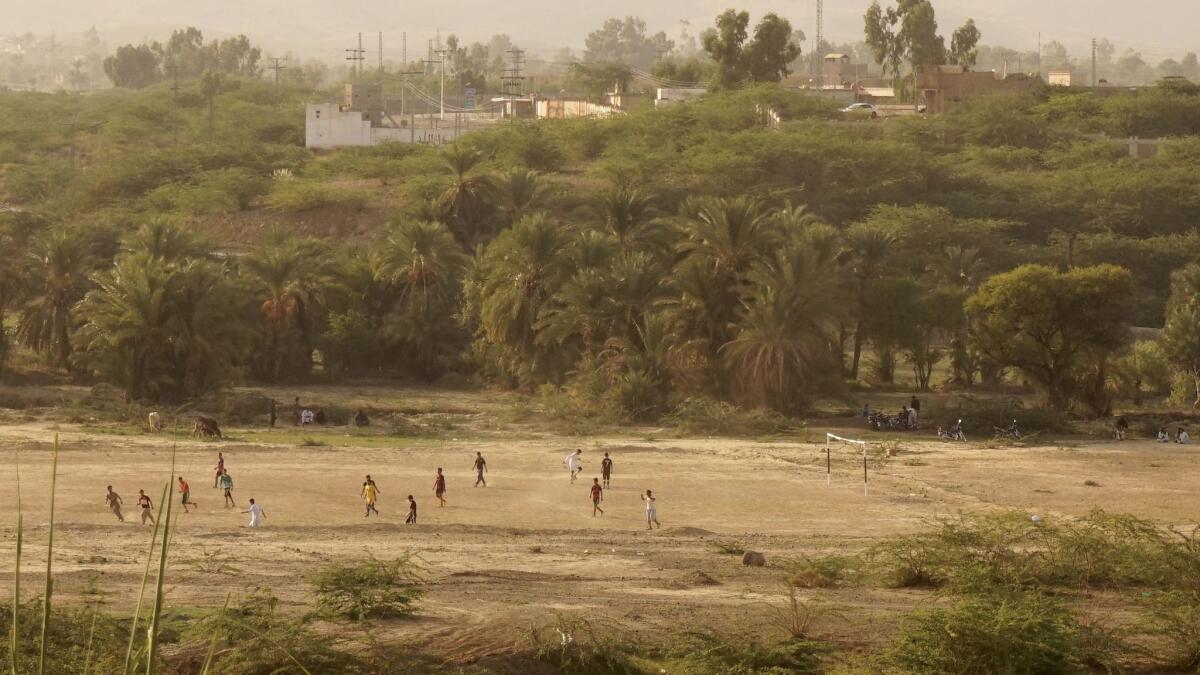
In 2005, Taliban fighters attacked a paramilitary checkpoint at the head of a bridge leading to Hassu Khel, and Zafarullah was forced out for three days. In 2007, militants ambushed an army patrol in the village, forcing locals out for three weeks.
But the 2014 operation was different, said Zafarullah, who took advantage of his time outside the tribal areas to earn a degree in business administration. Still looking for work, Zafarullah is staying in his village to oversee the reconstruction of his home. His only income comes from his father, who drives a truck in Dubai, United Arab Emirates.
“The government promised us they would clear the area of every Taliban, and we would be back home soon,” Zafarullah said. “We didn’t go home for three years, but at least now I don’t think there is even a whiff of any Taliban here now.”
Many locals question why the military did not intervene earlier.
“We went through a lot of trouble before the military operation,” said Muhammad Javed Khan, a tribal elder from a village outside Mir Ali. “I lost a lot of fellow elders. The Taliban would kill whoever they did not like, whoever stood up to them. And there was no one to save us back then. This operation should have happened 10 years ago, and maybe our homes, our shops would still be standing.”
The military operation has devastated what little infrastructure was present in North Waziristan.
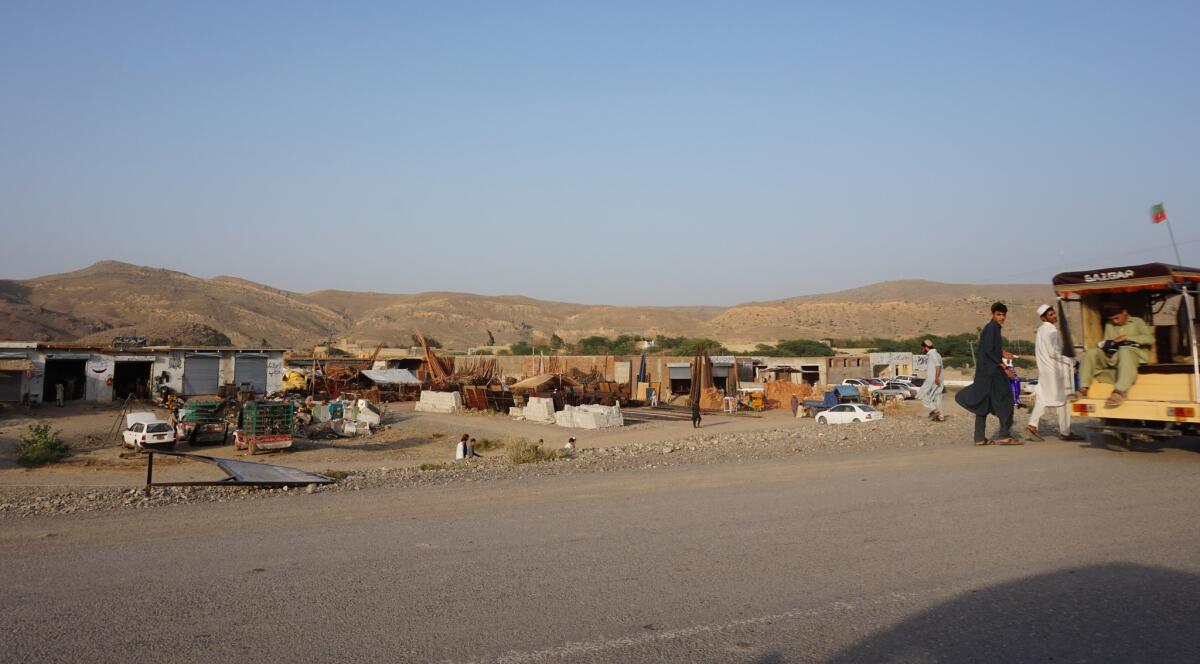
The main market in the center of Mir Ali, once a busy urban area where Uzbek, Tajik and Arab militants came to shop and surf the internet, has been leveled. Shops used to line either side of the main road for more than a mile; now they are nothing but mounds of bricks. Where homes once stood, locals have pitched tents. Pakistan has earmarked funds for rebuilding: $4,000 for a home that was destroyed, $1,600 for one that was damaged.
“All the things I left at home, appliances, anything valuable, was gone,” said Ijaz Dawar, whose home just outside Miramshah was damaged. Still waiting for the $1,600 he is due, Dawar says the amount is a fraction of what it will cost to rebuild. “I can’t even make a single room with that kind of money,” he said.
The army has said it needed to raze structures to clear militants using them as hide-outs and to ensure no IEDs were left around. It said it recovered weapons and ammunition that could have sustained an insurgency for years: 27,000 rifles, 14,200 grenades, 1,133 rockets and more than 310 tons of explosives — enough, officials say, to produce 31,000 IEDs.
In Miramshah, the army said it found networks of underground tunnels and bunkers under mosques and shops with caches of weapons, along with a factory for making IEDs and a studio to produce slick propaganda videos.
Now, soldiers have turned from fighting to building. They are constructing new markets in Miramshah and Mir Ali, as well as dozens of hospitals, schools and small hydroelectric dams; hundreds of solar-powered wells; and a factory for processing locally grown dates.
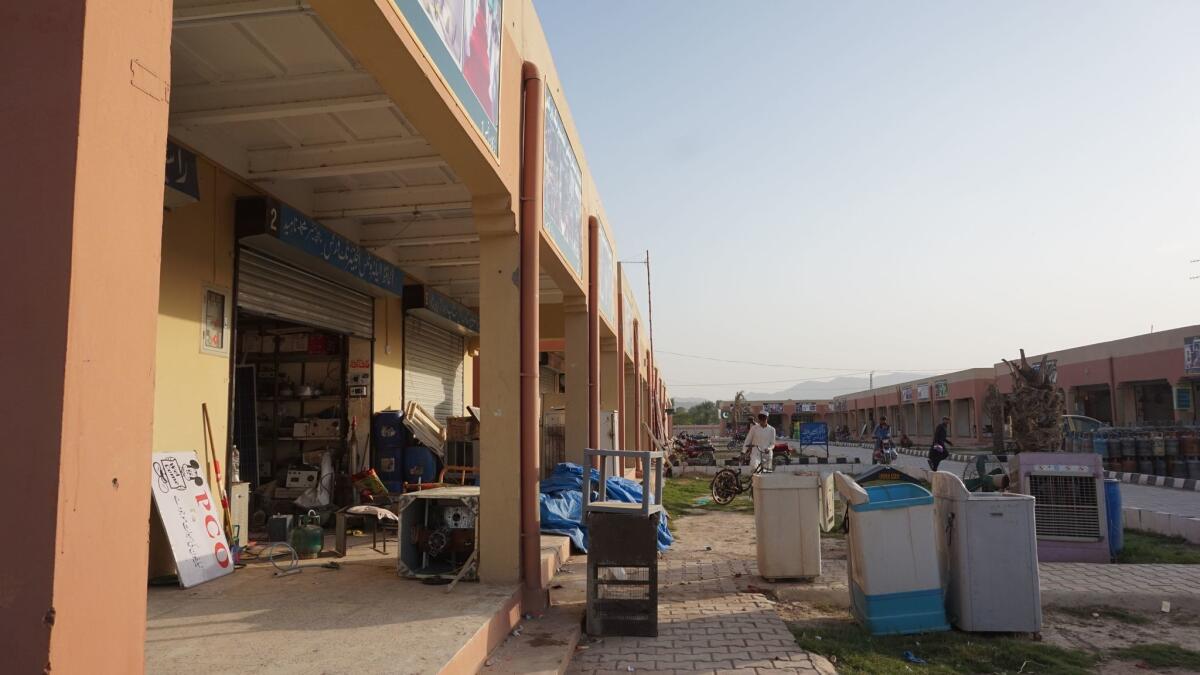
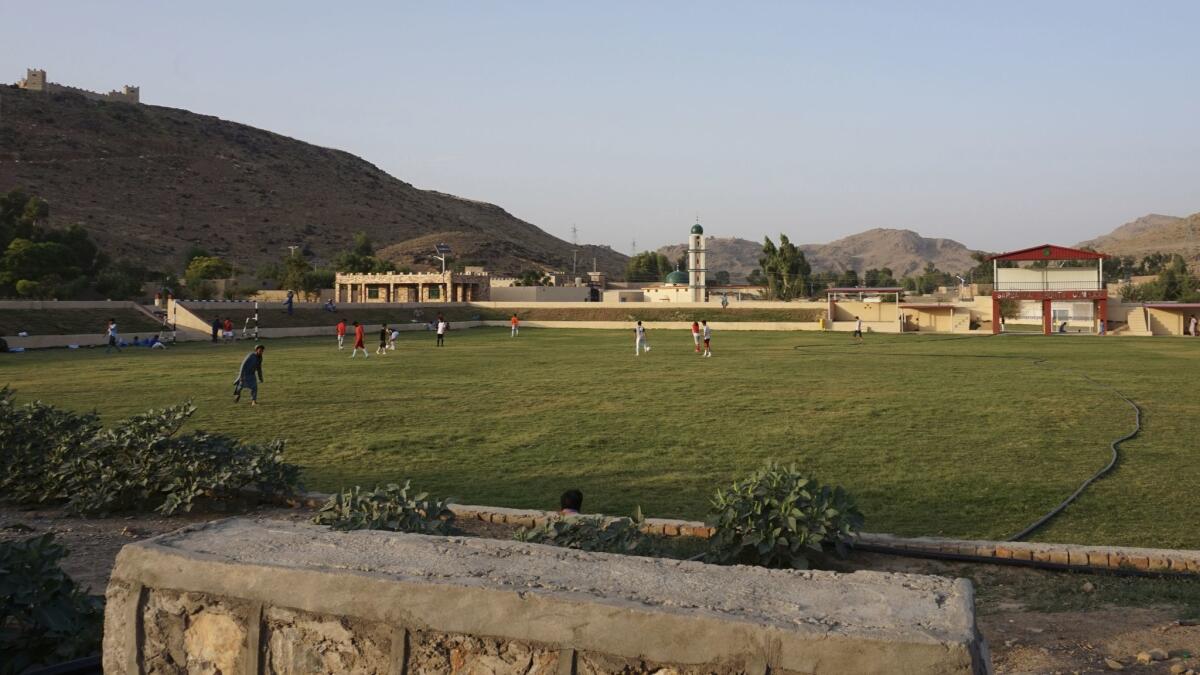
The government is holding weekly medical clinics and even workshops to teach children how to brush their teeth properly. New roads have been built, including a U.S.-funded highway from the city of Bannu to the border crossing with Afghanistan, where troops are constructing a customs facility so locals can restart cross-border trade, once a major source of income.
The military is also building 84 new forts in North Waziristan and has deployed ground and air radar systems that it says can detect people moving in otherwise difficult-to-patrol terrain. And it has established checkpoints at the borders to the region that resemble international border crossings.
“You have to have a visa to enter now,” said Zafarullah, holding up a white identity card issued to those cleared for going home. “It’s a Waziristani ID card. I am not a Pakistani now; I am a Waziristani.”
It is all part of the military’s effort to show it has established control in the area.
In September, the military organized a friendly game of cricket to highlight the peace it says it has brought to North Waziristan. Pakistan’s top professional cricket players faced off with an amateur team from England in a stadium in Miramshah that was filled to capacity with more than 20,000 spectators. A curfew was imposed across North Waziristan, tens of thousands of soldiers guarded the game, and helicopters circled overhead in a clear blue sky. Patriotic music blared from loudspeakers, and the crowd cheered as players hit the balls into the stands.
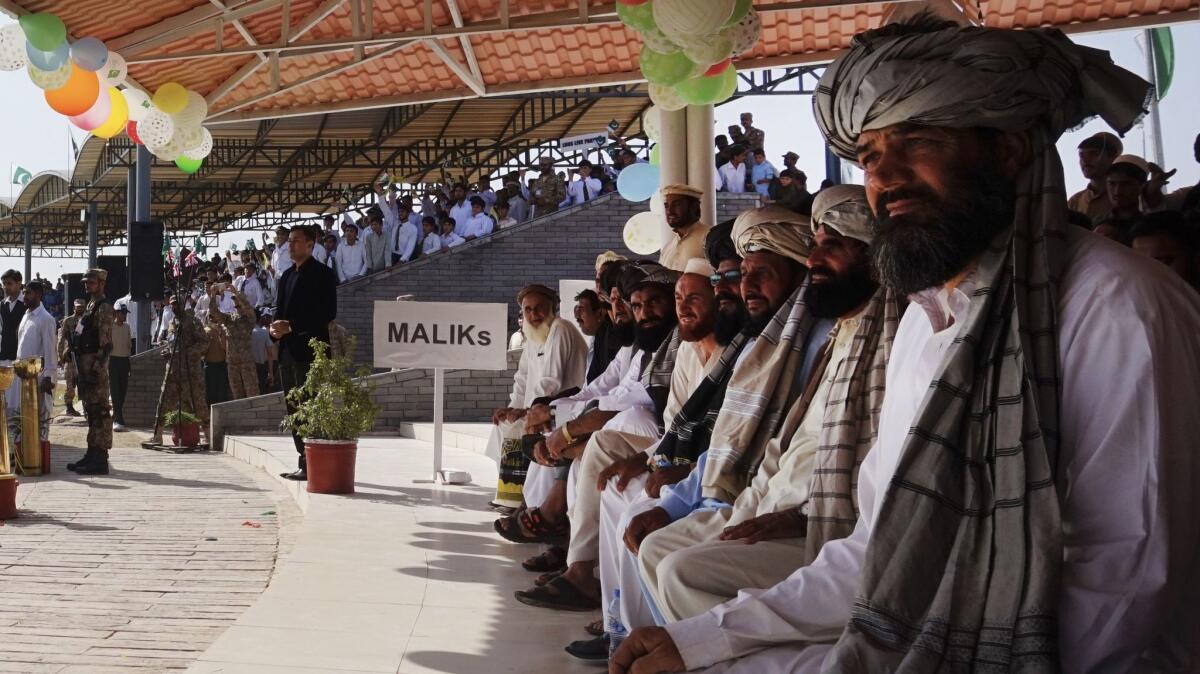
Pakistan won the game, but few spectators kept up with the score. “In all my life, I didn’t think we would see this kind of crowd here,” said Abdullah Wazir, a tribal elder who stood beside his two young daughters, who waited to present flowers to the foreign players. “Just a few years ago, we were afraid to go out in the dark, we were afraid to play music like this.”
“The Pakistani army and the people of Waziristan gave their lives to bring peace here, and it should be an example for the world showing we want to live peacefully,” Wazir said.
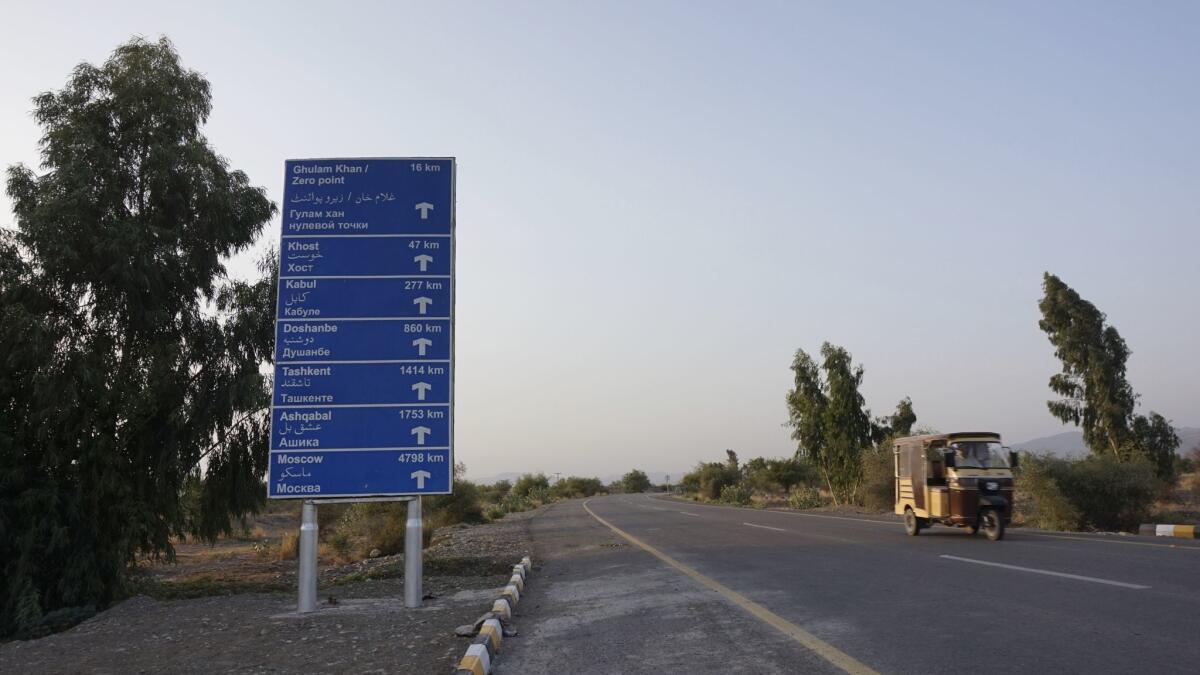
Farooq is a special correspondent. This article was supported by a grant from the Pulitzer Center on Crisis Reporting.
More to Read
Sign up for Essential California
The most important California stories and recommendations in your inbox every morning.
You may occasionally receive promotional content from the Los Angeles Times.

